A world where every handshake, contract, and payment is permanently recorded on a public, tamper-proof ledger visible to all, yet unchangeable by any single person is now possible. This is the promise of blockchain technology, a movement that began as a response to distrust in centralised systems and is now revolutionising industries globally.
At its simplest, blockchain is a decentralised digital ledger that securely records transactions across a network of computers. But where did it start? How does it work? And why is it so transformative? Let’s explore the story, from Bitcoin’s origins to the latest innovations, and uncover why blockchain is more than just a buzzword.
The Spark That Ignited Blockchain
In 2008, during the aftermath of a global financial meltdown, an enigmatic figure, or a collective, under the pseudonym of Satoshi Nakamoto released a white paper titled ‘Bitcoin: A Peer-to-Peer Electronic Cash System.’
The paper described a new kind of money: digital, decentralised, and immune to the failures of traditional financial intermediaries. At its core was the blockchain, a public ledger that anyone could verify but no one could secretly alter. Satoshi’s idea wasn’t just about currency; it was about trust. By distributing power among thousands of computers instead of a single bank or authority, blockchain offered a new way to secure and share value.
Bitcoin, the first and still most well-known cryptocurrency, demonstrated how blockchain could be used to create a decentralised monetary system, paving the way for thousands of other digital assets that followed.
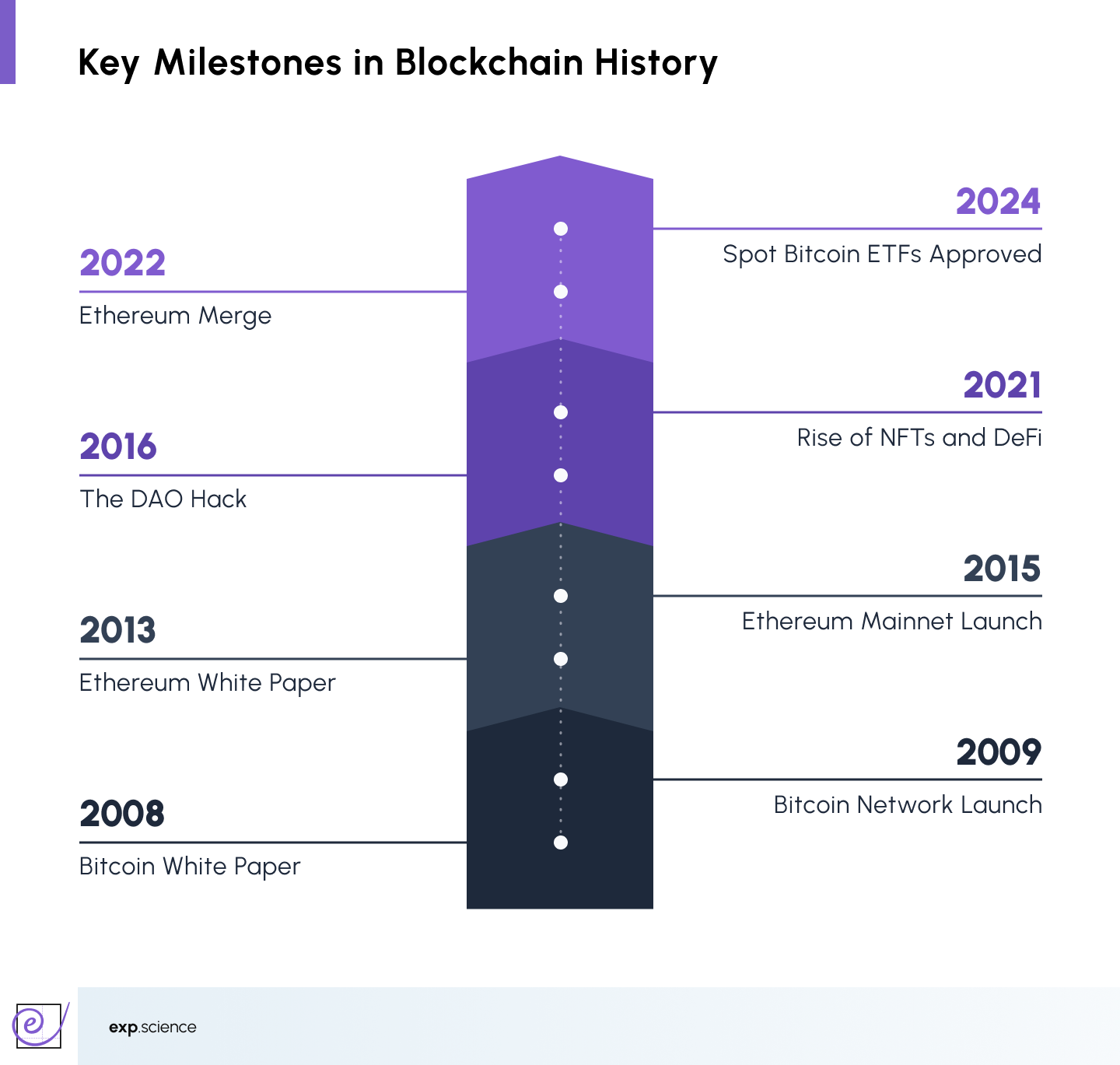
From Bitcoin’s launch in 2009 to the rise of smart contracts with Ethereum in 2015 and the emergence of more scalable distributed ledger technology (DLT) networks, such as Hedera, in recent years, blockchain has evolved from a niche innovation to a foundational digital infrastructure. Each generation has brought new solutions to scalability, governance, and interoperability, setting the stage for the decentralised internet of the future.
The Anatomy Of A Blockchain: Blocks, Hashes, And Nodes
A blockchain is essentially a continuously growing ledger of records, called blocks, that are linked using cryptography.
Each block contains:
- A list of verified transactions
- A timestamp
- The hash of the previous block
- Its own unique hash
Before being added, the block must be validated by the network. Once confirmed, it gets a unique digital fingerprint called a hash, a short code generated through complex algorithms that reflects the block’s contents. The hash links the block to the previous one, forming an immutable and chronological sequence of records. Such a design ensures that once a piece of data is recorded, it cannot be altered retroactively without modifying all subsequent blocks; a task virtually impossible to achieve due to the decentralised nature of the network.
Nodes are the computers connected to the blockchain that participate in verifying transactions and maintaining synchronised copies of the ledger. To carry out this verification, blockchain networks use consensus mechanisms — protocols that coordinate all participants and ensure agreement on the state of the ledger, without relying on a central authority. These will be explored in more detail in the following section.
This chain of blocks, secured by mathematical algorithms and maintained by decentralised nodes, ensures data integrity and prevents fraud without the need for a central authority.
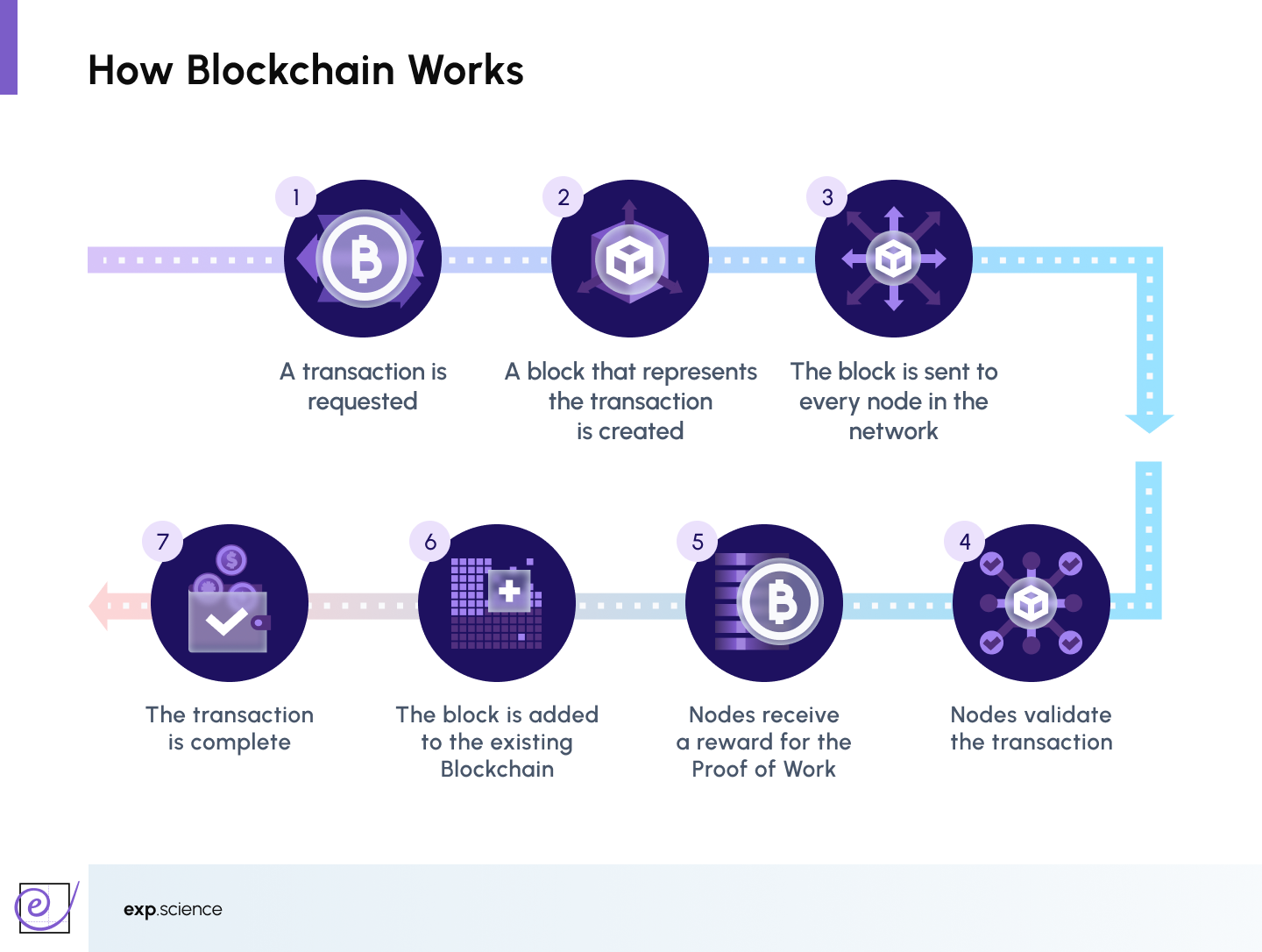
Trust Without Intermediaries: Consensus Mechanisms
One of the most powerful innovations of blockchain technology is its ability to create trust without intermediaries. In traditional systems, central authorities, such as banks or clearinghouses, validate and record transactions. But in a blockchain, this role is taken on by the network itself.
To make this possible, blockchains use consensus mechanisms: protocols that ensure all nodes in the network agree on which transactions are valid and what the correct state of the ledger is. These mechanisms solve a fundamental problem in distributed systems: how to achieve coordination and agreement across participants who may not know or trust each other.
Different blockchain networks implement various consensus models depending on their goals; whether that is decentralisation, speed, energy efficiency, or governance. Below are the most common types in use today:
- Proof-of-Work (PoW): Used by Bitcoin, PoW requires nodes (miners) to expend computational power and electricity to solve cryptographic puzzles. The first to solve it earns the right to add the next block. Highly secure, but resource-intensive.
- Proof-of-Stake (PoS): Validators lock up a certain amount of cryptocurrency (stake) as collateral. They are selected to create new blocks based on their stake and other factors. PoS consumes far less energy than PoW and is used by Ethereum 2.0, among others.
- Delegated Proof-of-Stake (DPoS): A variation where token holders vote to elect a limited number of trusted validators. This improves efficiency but can introduce centralisation risks.
- Asynchronous Byzantine Fault Tolerance (aBFT): Hedera Hashgraph’s unique model. Instead of mining or staking, nodes exchange transaction data through a ‘gossip about gossip’ protocol and reach agreement via virtual voting. This system ensures fairness in transaction order, achieves low latency, and delivers exceptional throughput (over 10,000 transactions per second) while remaining energy-efficient.
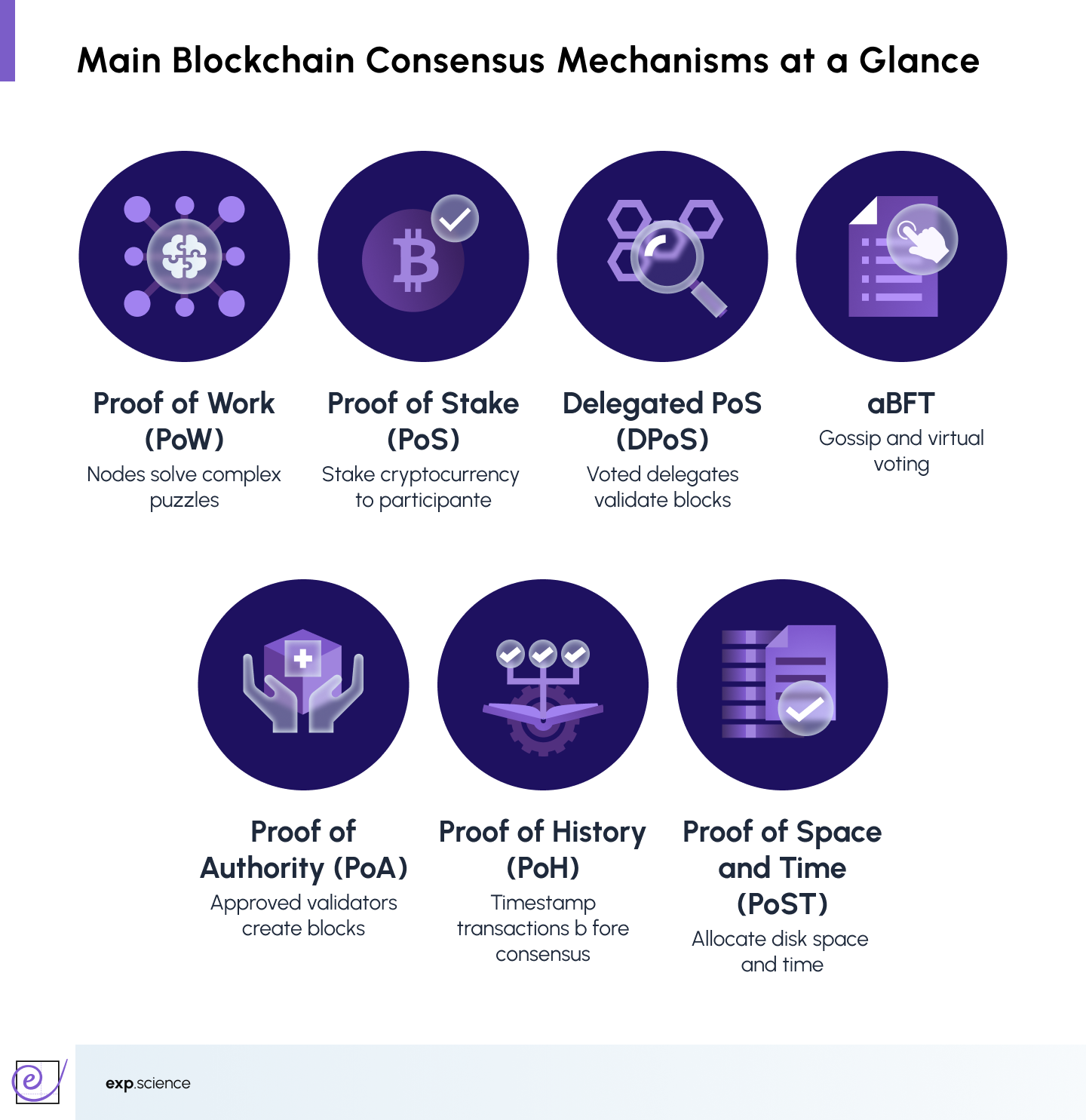
Other notable consensus mechanisms include Proof of Authority (PoA), which relies on a fixed number of trusted validators in permissioned environments; Proof of History (PoH), which timestamps transactions before consensus to optimise throughput; and Proof of Space and Time (PoST), which combines disk storage proofs with verifiable delay functions for energy-efficient validation. These mechanisms reflect alternative approaches to balancing decentralisation, performance, and sustainability in distributed networks.
Key Features Of Blockchain
What sets blockchain apart from conventional digital infrastructures is not just how it stores data, but how it redefines trust, authority, and coordination in a digital world. At its core, blockchain introduces a new architecture for recording, sharing, and verifying information; one that does not rely on centralised control, but instead on transparency, mathematics, and distributed consensus.
Here are the foundational features that give blockchain its unique strength and growing relevance across sectors:
Decentralisation
Data is not stored in a single location or controlled by a single authority. Instead, multiple nodes hold and verify copies of the ledger, reducing the risks of censorship or single points of failure.
Transparency
Public blockchains are fully transparent, meaning all transaction data is visible and traceable by anyone. This builds unprecedented trust, ensures that changes to the system are clearly visible and supports auditability in sensitive sectors while reducing the need for third-party audits. For example, Bitcoin’s entire transaction history is freely accessible and verifiable.
Immutability
Once data is added to the blockchain, altering it is practically impossible. Every new block contains a cryptographic reference (hash) to the previous one, forming a continuous and tamper-resistant chain. This feature ensures historical accuracy and trustworthiness, which is vital for use cases, such as supply chain verification and audit trails, where tamper-resistance is critical.
Security
Blockchain uses cryptographic techniques to secure data. Every transaction is signed with private keys, hashed for integrity, and broadcast to a decentralised network for validation. With this architecture plus the distributed consensus, it becomes challenging for malicious actors to manipulate the system.
Programmability
Blockchains like Ethereum or Solana support smart contracts — self-executing code that runs when certain conditions are met. This transforms blockchains from static ledgers into dynamic platforms for decentralised applications (dApps), automation, and new digital economies, including cryptocurrencies, stablecoins, and tokenised assets.
Efficiency & Speed
While early blockchains like Bitcoin prioritised security over speed, newer solutions, such as Hedera, demonstrate that high throughput and low latency are possible. Hedera’s architecture, for example, supports real-time applications such as micropayments and gaming.
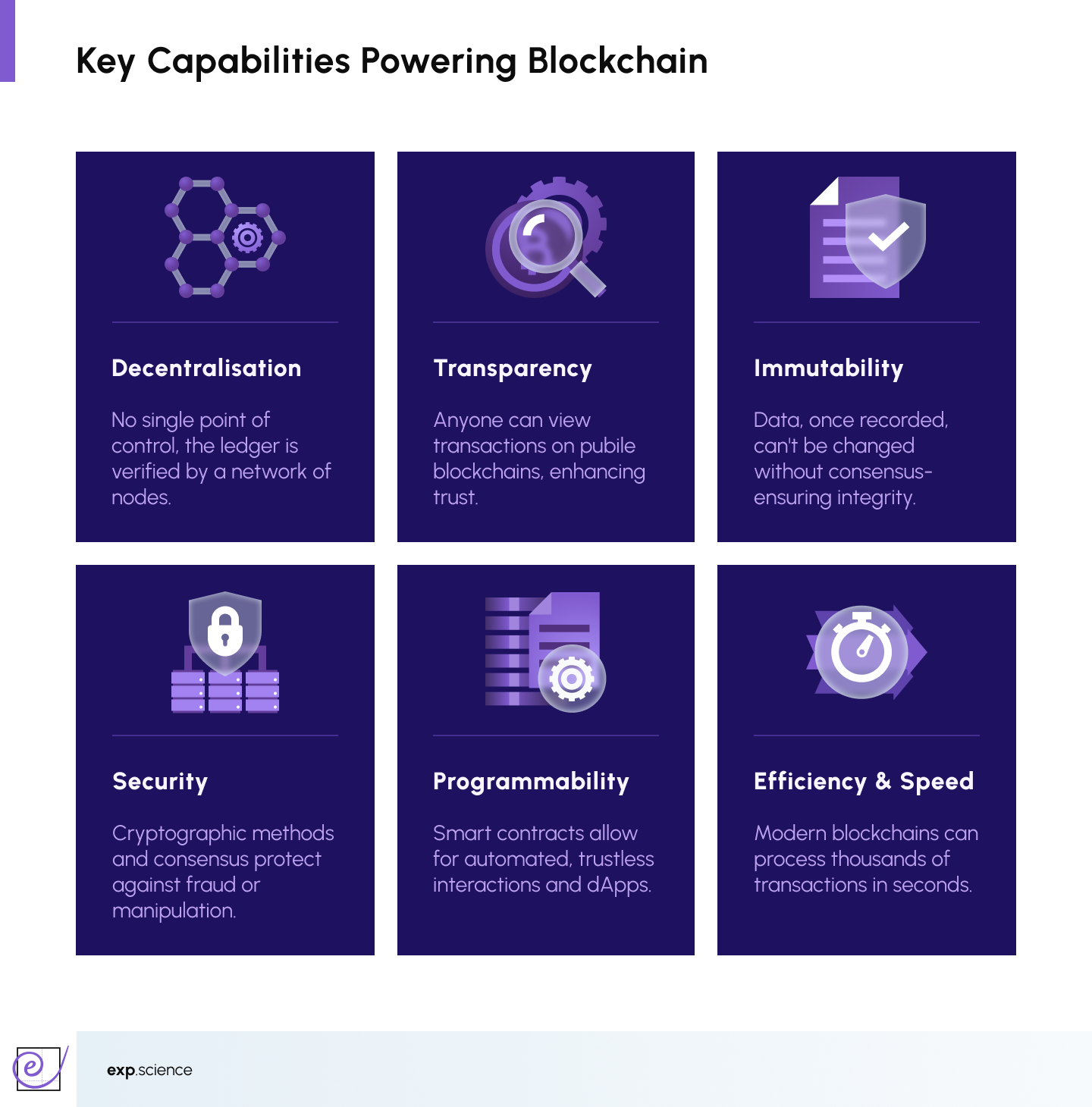
Blockchain vs Distributed Ledger Technology (DLT)
While blockchain is the most widely known term, it is actually a specific type of distributed ledger technology (DLT): a broader category of systems that record, share, and synchronise data across multiple locations without relying on a central administrator. In essence, all DLTs aim to create a tamper-resistant, decentralised record of events or transactions. What differentiates them is how they structure data and reach an agreement (consensus) among participants.
A blockchain organises data in linear, sequential blocks, each linked to the previous one. In contrast, other forms of DLT may use different architectures (for instance, graphs instead of chains) to improve speed, scalability, or efficiency.
→ Learn more about DLTs at What is DLT? Distributed Ledger Technology Explained
Hedera Hashgraph is one of the most prominent examples of a DLT that does not use a blockchain structure. Instead, it employs a hashgraph, a data structure based on a directed acyclic graph (DAG), combined with a unique consensus algorithm, allowing multiple events to be confirmed simultaneously rather than one block at a time.
This structure enables Hedera to deliver faster finality, higher fairness in transaction ordering, and greater energy efficiency, positioning it as a next-generation alternative to blockchain-based networks.
→ Learn more at What is Hedera Hashgraph and How HBAR Works?
Understanding this distinction is key. While all blockchains are distributed ledgers, not all distributed ledgers are blockchains. Hedera exemplifies how alternative DLT models can move beyond blockchain’s inherent limitations.
A New Era Of Digital Trust
Blockchain began as a bold experiment to enable peer-to-peer digital money, most famously through Bitcoin. Since then, it has evolved into a foundational technology for rethinking how trust, data, and coordination can work in a decentralised world.
Today, public networks like Ethereum and alternative DLTs like Hedera are exploring how these principles can scale to serve not only cryptocurrencies but broader digital infrastructures.
By understanding how blockchain functions, the full scope of what decentralised systems can achieve begins to reveal: resilient, transparent, and fair coordination across sectors, without relying on central authorities.
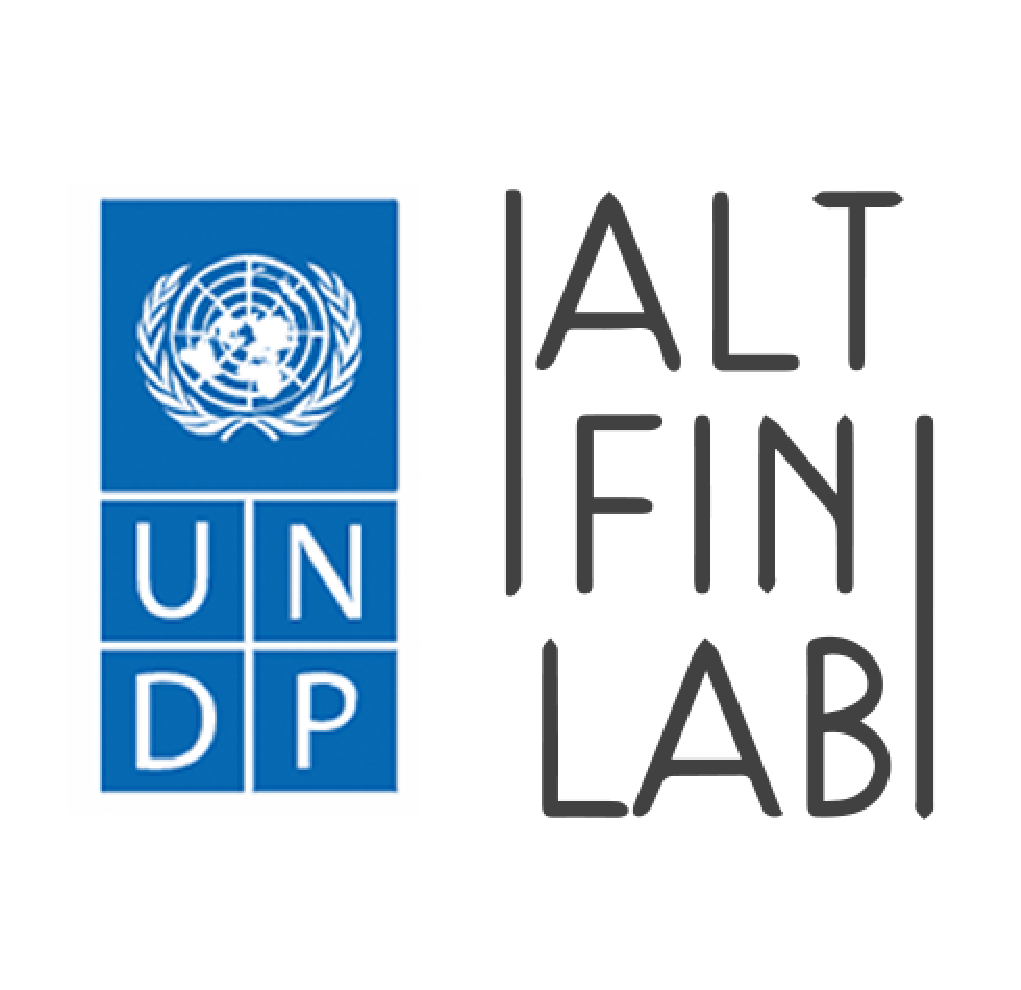

.jpg)

.jpg)

.jpg)

